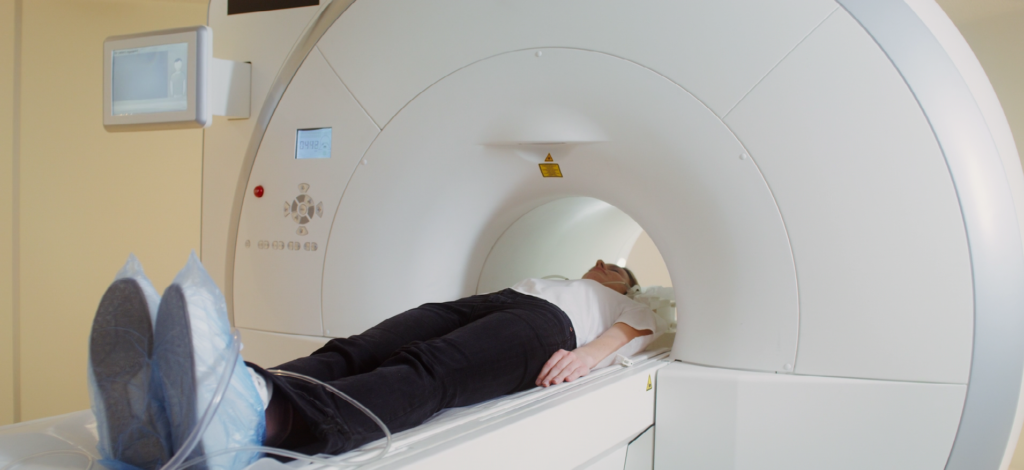
When you’ve been injured due to someone else’s negligence, building a strong case is essential to ensure you receive fair compensation. One of the most powerful tools in a personal injury case is medical imaging, particularly Magnetic Resonance Imaging (MRI). Let’s explore why MRIs are so important and how they can significantly impact your case.
Objective Evidence vs. Subjective Complaints
In personal injury cases, there are two ways injuries are diagnosed:
1. Subjective diagnoses: This includes your personal account of pain, discomfort, and other symptoms that can’t be directly observed or measured by others.
2. Objective diagnoses: This consists of verifiable facts and data that can be independently examined and confirmed. This includes imaging showing disks bulging between vertebrae, or an x-ray showing a broken bone. It is one thing for a patient to say they have back pain, but having imaging to back up the complaints goes even further in helping a case.
While your subjective experience of pain and suffering is valid and important, insurance companies tend to give more weight to objective evidence. This is where MRIs come in.
The Power of MRI in Personal Injury Cases
MRIs provide detailed images of your body’s internal structures, offering several advantages:
1. Detailed Visualization: MRIs can reveal injuries that may not be visible on X-rays or CT scans, such as soft tissue damage, herniated discs, or ligament tears.
2. Objective Documentation: MRI results provide concrete, measurable evidence of your injuries, which is crucial when dealing with insurance companies or presenting your case in court.
3. Accurate Diagnosis: The detailed images from an MRI allow doctors to make more precise diagnoses, which can inform your treatment plan and strengthen your case.
4. Establishing Causation: MRIs can help link your injuries directly to the accident, countering arguments that your condition pre-existed the incident.
5. Assessing Long-Term Impact: MRI findings can provide insights into the potential long-term effects of your injuries, which is crucial for calculating future medical expenses and lost earnings.
Why Subjective Evidence Alone Isn’t Enough
While your experience of pain and suffering is real and valid, relying solely on subjective evidence can be challenging. Insurance companies and opposing parties may question the severity of your injuries without objective proof, pain levels can be hard to measure and compare, making it challenging to determine appropriate compensation and subjective experiences can vary greatly from person to person, making it difficult to establish a standard for compensation.
The Importance of Both Objective and Subjective Evidence
It’s important to note that while MRIs provide crucial objective evidence, your subjective experience remains valuable. A comprehensive personal injury case typically includes both objective evidence from MRIs and other medical tests, medical records and expert testimonies, your personal account of how the injuries have affected your life and testimonies from friends, family, or coworkers about observed changes in your condition or capabilities
By combining objective findings from MRIs with your subjective experience, we can build a stronger, more compelling case for your compensation.
If you’ve been injured due to someone else’s negligence, don’t underestimate the importance of getting proper medical imaging, especially MRIs. These tests provide the objective evidence needed to substantiate your claim and ensure you receive fair compensation for your injuries. Always consult with your doctor and your personal injury attorney to determine the best course of action for your specific case.
Remember, your health and well-being come first. If your doctor recommends an MRI, it’s not just crucial for your medical care – it could also be a key factor in the success of your personal injury case.






Leave A Comment